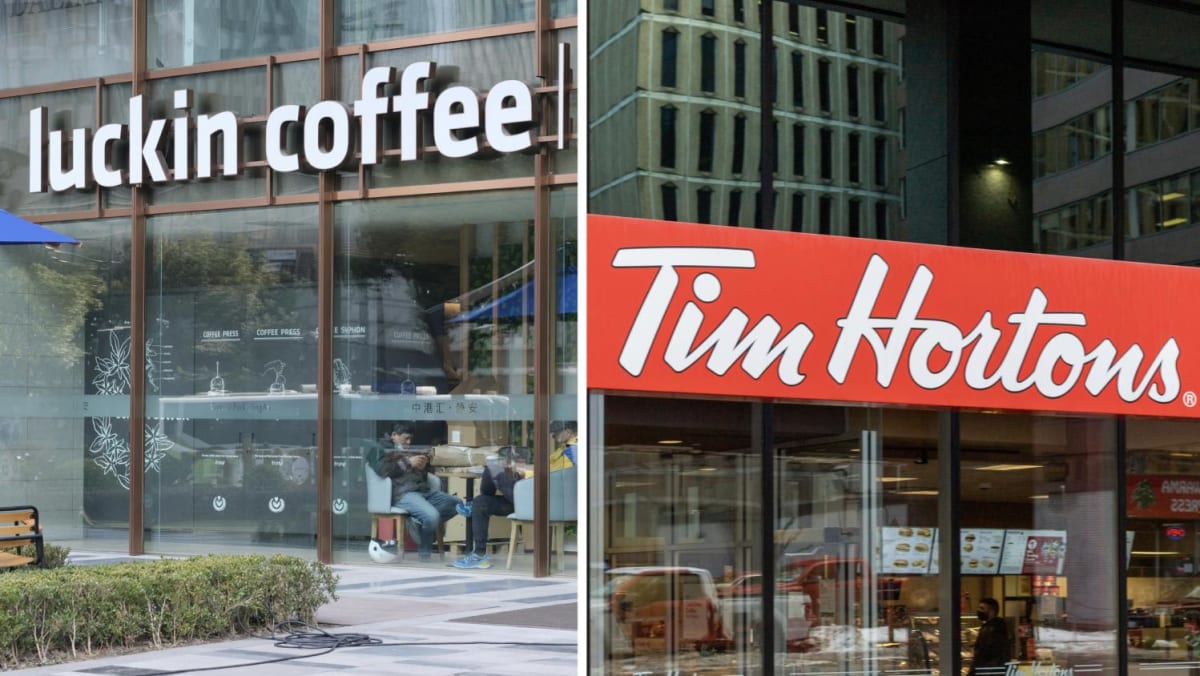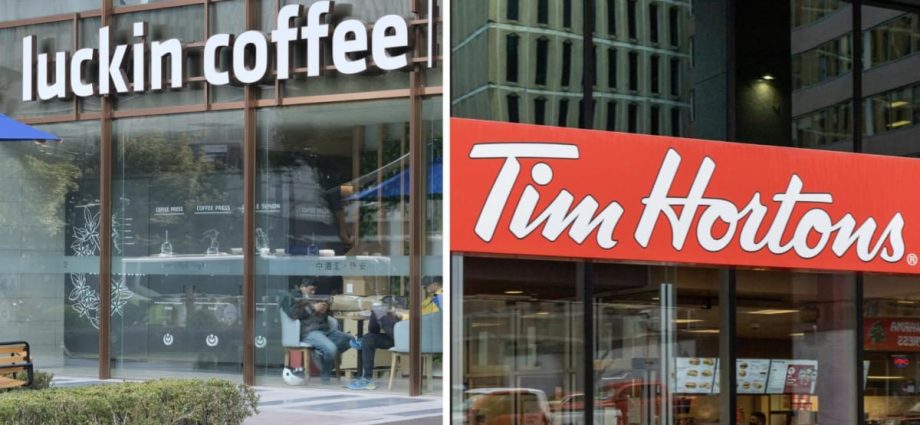
NEW COMPETING WITH THE OLD
New players also face steep competition from other international and local brands such as Huggs, Starbucks and The Coffee Bean and Tea Leaf, all of which are well-established in Singapore.
According to their websites, Starbucks has 149 outlets in the country, The Coffee Bean and Tea Leaf has 72, and homegrown chain Huggs has about 20.
“If you walk down the (central business district), through Marina Bay Sands to Tanjong Pagar, you can already see a lot of places selling coffee, whether they are takeaway or dine-in coffee cafes. So it’s really a matter of whether there’s enough space and demand for more coffee outlets here,” said Ms Lam.
Most of the well-established companies would have already anchored themselves in places with higher footfall, making it harder for new entrants to compete, Mr Sabai pointed out.
“If they want to go up against the big boys like Starbucks, the only way a company like Luckin or Tim Hortons can beat them is to open as many outlets as them or more in a single day, which is near impossible,” he said.
To hook more customers, some new players could offer attractive discounts at the start but experts cautioned that this might not be enough.
Luckin prices range between S$4.80 and S$6.80, which is cheaper than Starbucks, where drinks cost S$4 to S$9.
Discounts create an “initial euphoria”, which has been done by companies such as Grab when it first entered the market offering cheap rides, he said.
“But the question is how long can companies play this game, because offering discounts impact them directly. Once their marketing budget is finished and exhausted, what’s next?”
Luckin may be cheaper than Starbucks now, but if it decides to raise prices later on, it could lose customers, he added.
To survive and even thrive, Ms Lam said new entrants would have to find ways to set themselves apart from their competitors such as having a strong loyalty programme or offering high-quality and innovative products.
“Singapore consumers, in particular, can be quite picky and it could be because they are very well-travelled so perhaps they expect and demand a certain quality,” she said.
“Companies need to keep improving and innovating to keep people interested.”
However, despite the odds stacked against them, both experts noted that this has not deterred companies from setting up shop in the country.
Data from Statista shows that coffee consumption in Singapore grew nearly 6 per cent to 5.7 million kg between 2021 and 2022, with the growth largely driven by an increase in international and local coffee players.
“Generally, the take that most of these companies have is that if they manage to succeed here, expanding to the region will be easier because they have already shown that they can survive in an affluent cosmopolitan place like Singapore, where there are all kinds of very high and intense competition,” said Mr Sabai.
“Because of this, some of these companies use Singapore as a stepping stone because the country has a lot of people coming and going, so for them, it’s a good place to showcase their brand and get a lot more awareness.”

